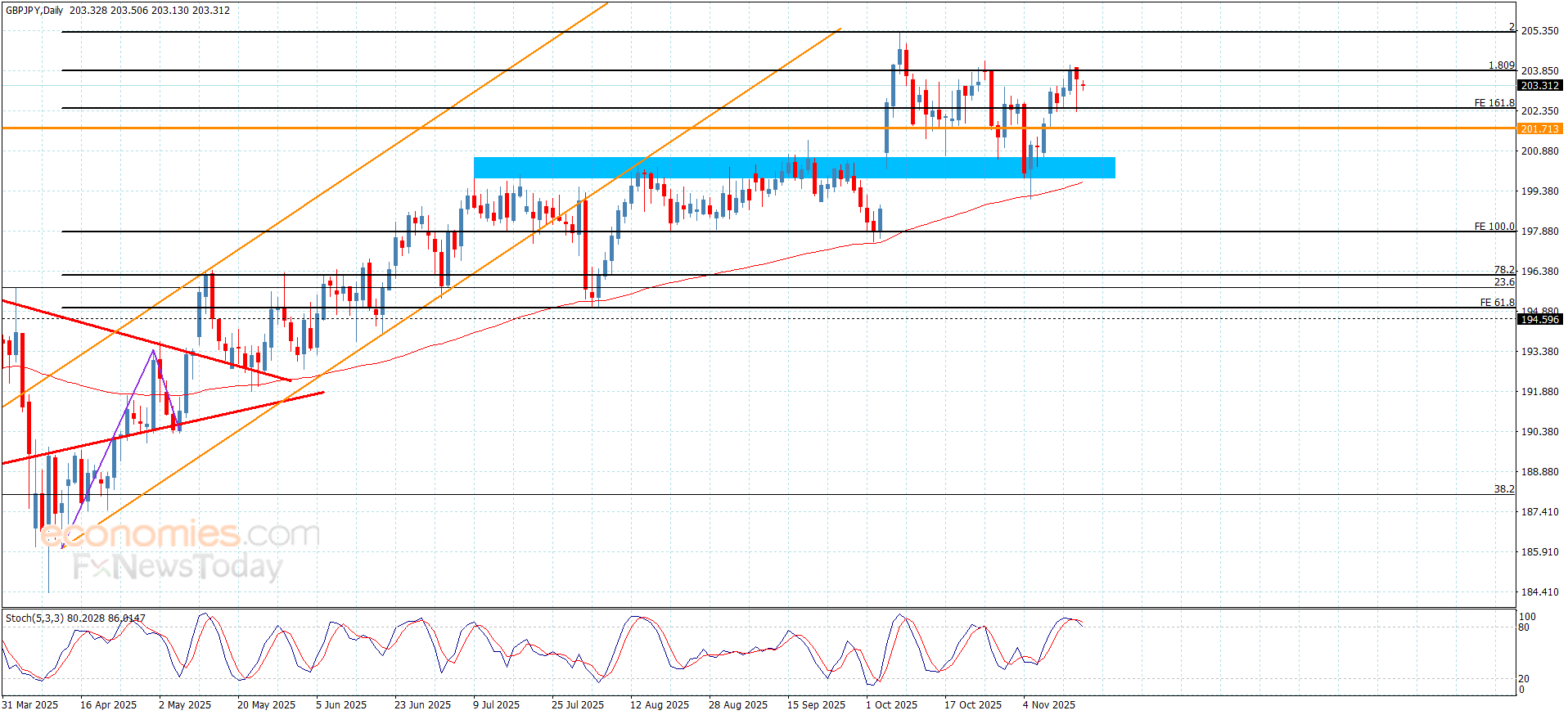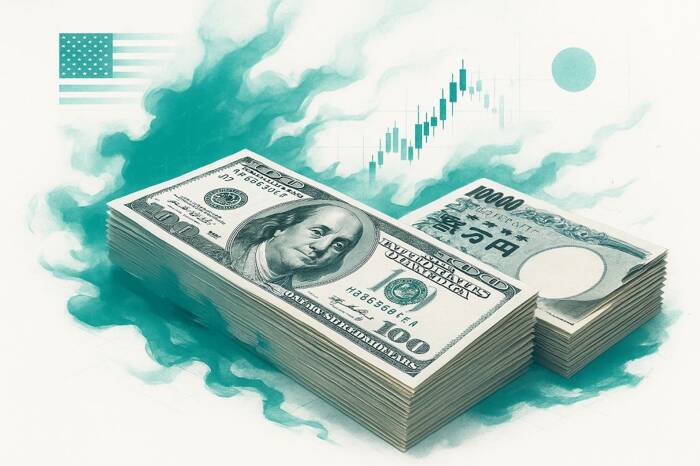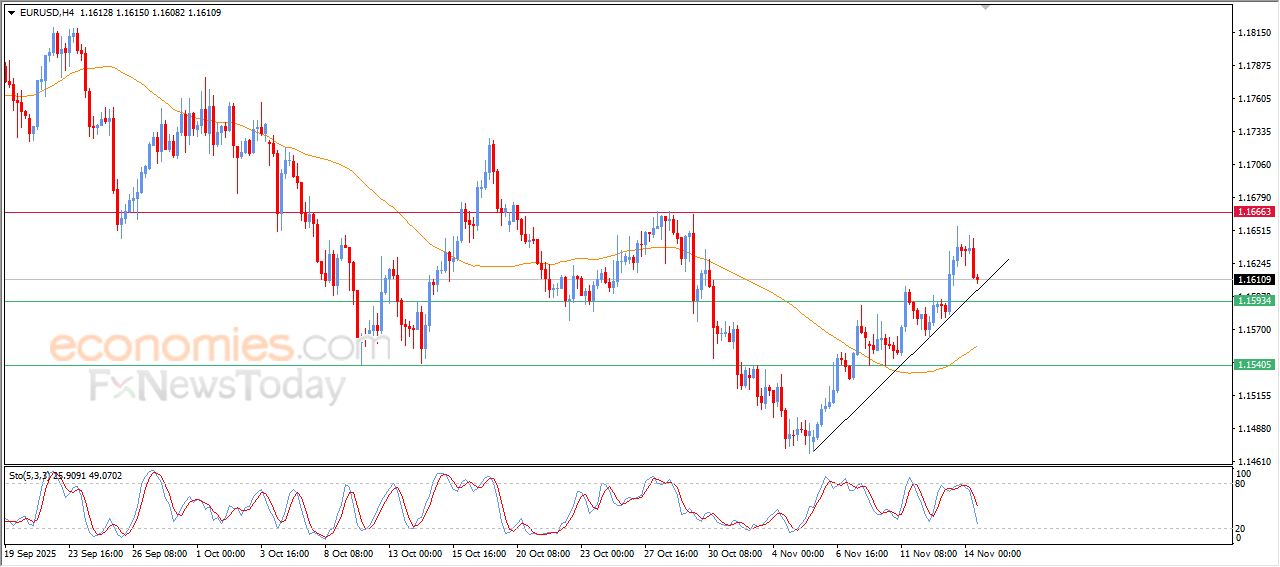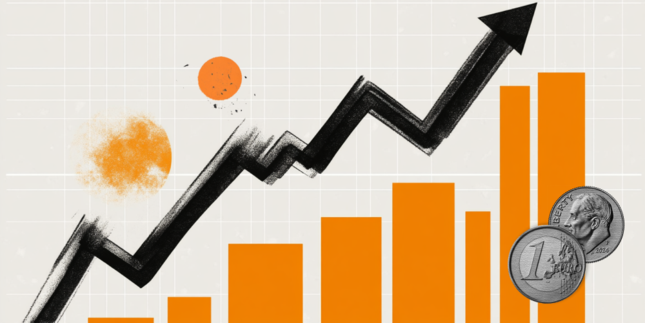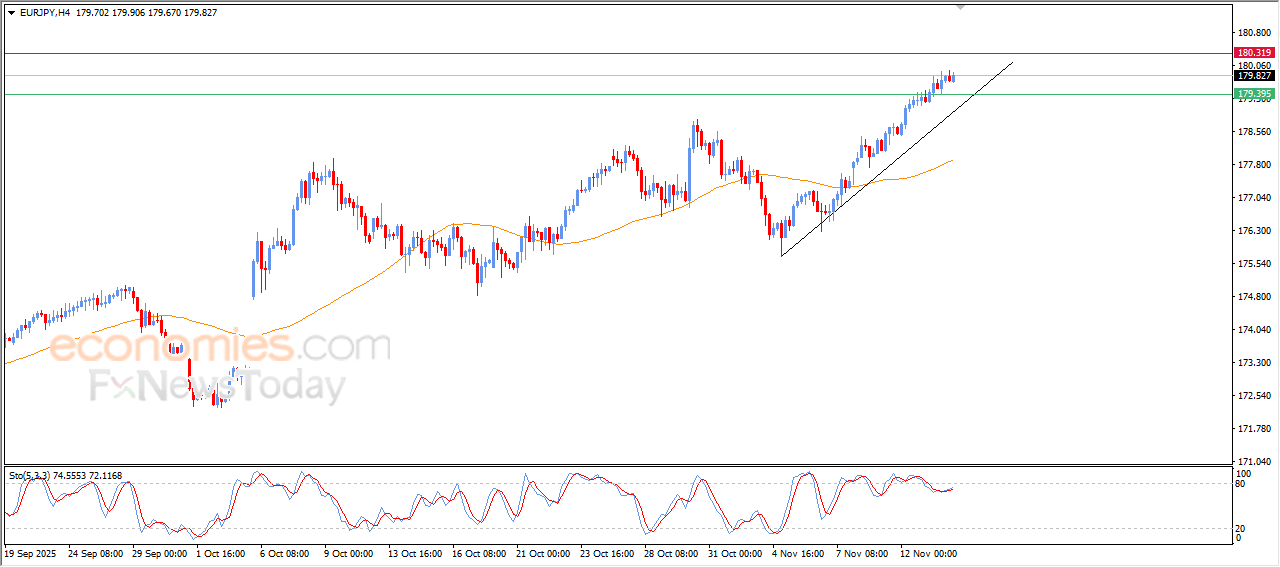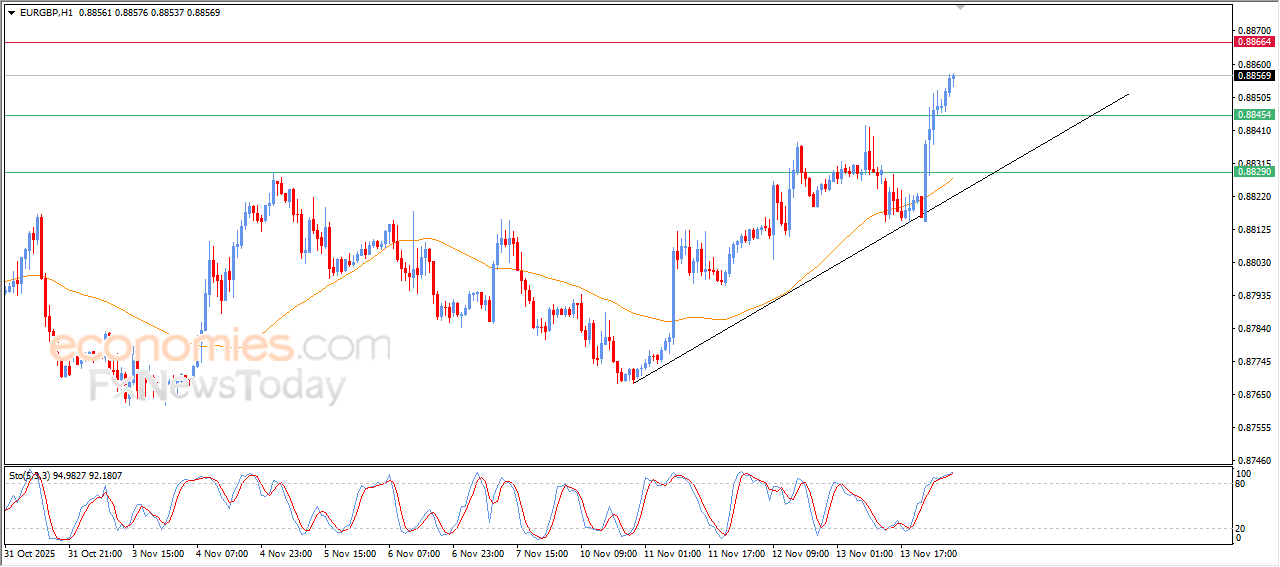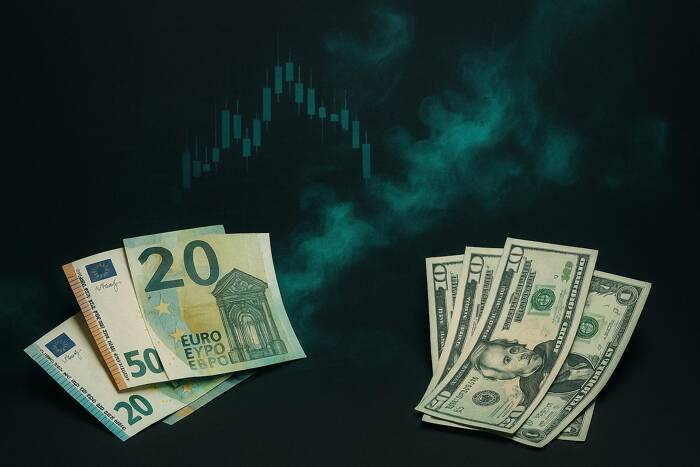The main tag of Forex News Today Articles.
You can use the search box below to find what you need.
[wd_asp id=1]
Euro bulls hesitate as markets reassess Fed rate outlook
EUR/USD moves sideways slightly above 1.1600 in the European morning on Monday after posting marginal losses on Friday. The pair’s near-term technical outlook highlights a loss of bullish momentum. In the absence of high-impact data releases, comments from central bank policymakers could drive the pair’s action.
Euro Price Today
The table below shows the percentage change of Euro (EUR) against listed major currencies today. Euro was the weakest against the New Zealand Dollar.
| USD | EUR | GBP | JPY | CAD | AUD | NZD | CHF | |
|---|---|---|---|---|---|---|---|---|
| USD | 0.07% | -0.01% | 0.12% | -0.05% | 0.00% | -0.15% | -0.06% | |
| EUR | -0.07% | -0.09% | 0.05% | -0.11% | -0.06% | -0.22% | -0.13% | |
| GBP | 0.01% | 0.09% | 0.12% | -0.03% | 0.01% | -0.14% | -0.05% | |
| JPY | -0.12% | -0.05% | -0.12% | -0.17% | -0.12% | -0.28% | -0.19% | |
| CAD | 0.05% | 0.11% | 0.03% | 0.17% | 0.05% | -0.11% | -0.02% | |
| AUD | -0.01% | 0.06% | -0.01% | 0.12% | -0.05% | -0.16% | -0.05% | |
| NZD | 0.15% | 0.22% | 0.14% | 0.28% | 0.11% | 0.16% | 0.09% | |
| CHF | 0.06% | 0.13% | 0.05% | 0.19% | 0.02% | 0.05% | -0.09% |
The heat map shows percentage changes of major currencies against each other. The base currency is picked from the left column, while the quote currency is picked from the top row. For example, if you pick the Euro from the left column and move along the horizontal line to the US Dollar, the percentage change displayed in the box will represent EUR (base)/USD (quote).
Hawkish remarks from Fed officials supported the US Dollar (USD) heading into the weekend and caused EUR/USD to edge lower.
Kansas City Fed President Jeffrey Schmid argued that further rate cuts wouldn’t “patch job market cracks,” instead they could do damage to inflation. Meanwhile, St. Louis Fed President Alberto Musalem said that the US economy is resilient and added they need to proceed with caution.
According to the CME FedWatch Tool, markets are currently pricing in about a 56% chance that the Fed will hold the policy rate unchanged at the last meeting of the year, up from about 37% a week earlier.
In case Fed policymakers cling to a cautious tone on further policy-easing, the USD could hold its ground and continue to limit EUR/USD upside.
Meanwhile, the Bureau of Labor Statistics announced that it will release the Nonfarm Payrolls data for September on Thursday.
EUR/USD Technical Analysis:
The 20-period Simple Moving Average (SMA) rises above the 50-, 100-, and 200-period SMAs, with the short-term slopes turning higher while the 200-period SMA still declines. Price holds above all these averages, keeping the near-term bias mildly bullish. The Relative Strength Index (RSI) prints 54, neutral with a slight positive tilt.
Measured from the 1.1885 high to the 1.1470 low, the 38.2% retracement at 1.1628 aligns as the initial resistance level. A sustained break above it could open the path to the 50% retracement at 1.1678. The 200-period SMA at 1.1610 offers nearby dynamic support. A drop below this level would undermine the bullish tone and expose the horizontal support at 1.1551.
(The technical analysis of this story was written with the help of an AI tool)
Euro FAQs
The Euro is the currency for the 20 European Union countries that belong to the Eurozone. It is the second most heavily traded currency in the world behind the US Dollar. In 2022, it accounted for 31% of all foreign exchange transactions, with an average daily turnover of over $2.2 trillion a day.
EUR/USD is the most heavily traded currency pair in the world, accounting for an estimated 30% off all transactions, followed by EUR/JPY (4%), EUR/GBP (3%) and EUR/AUD (2%).
The European Central Bank (ECB) in Frankfurt, Germany, is the reserve bank for the Eurozone. The ECB sets interest rates and manages monetary policy.
The ECB’s primary mandate is to maintain price stability, which means either controlling inflation or stimulating growth. Its primary tool is the raising or lowering of interest rates. Relatively high interest rates – or the expectation of higher rates – will usually benefit the Euro and vice versa.
The ECB Governing Council makes monetary policy decisions at meetings held eight times a year. Decisions are made by heads of the Eurozone national banks and six permanent members, including the President of the ECB, Christine Lagarde.
Eurozone inflation data, measured by the Harmonized Index of Consumer Prices (HICP), is an important econometric for the Euro. If inflation rises more than expected, especially if above the ECB’s 2% target, it obliges the ECB to raise interest rates to bring it back under control.
Relatively high interest rates compared to its counterparts will usually benefit the Euro, as it makes the region more attractive as a place for global investors to park their money.
Data releases gauge the health of the economy and can impact on the Euro. Indicators such as GDP, Manufacturing and Services PMIs, employment, and consumer sentiment surveys can all influence the direction of the single currency.
A strong economy is good for the Euro. Not only does it attract more foreign investment but it may encourage the ECB to put up interest rates, which will directly strengthen the Euro. Otherwise, if economic data is weak, the Euro is likely to fall.
Economic data for the four largest economies in the euro area (Germany, France, Italy and Spain) are especially significant, as they account for 75% of the Eurozone’s economy.
Another significant data release for the Euro is the Trade Balance. This indicator measures the difference between what a country earns from its exports and what it spends on imports over a given period.
If a country produces highly sought after exports then its currency will gain in value purely from the extra demand created from foreign buyers seeking to purchase these goods. Therefore, a positive net Trade Balance strengthens a currency and vice versa for a negative balance.

